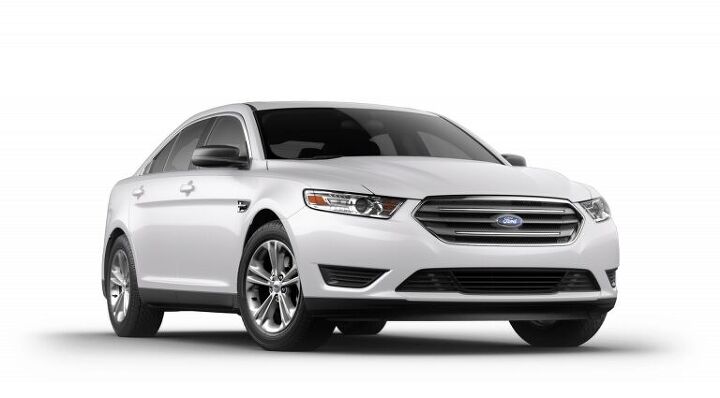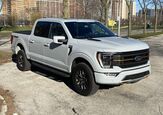#eulogy
Ford Taurus: Oedipus Wrecks (Part II)
My first installment centered around the neglected, beancounted “heart and soul of an American hero,” with a sense of pride in bespoke platforms and powertrains. But the re-killing of the Ford Taurus lacks nationalistic sorrow: the hometown hero was a name looking for a globally-engineered sedan, in a declining market, foolishly butted up against another Ford sedan with cooler stuff (a la hybrid, plug-in hybrid, and a SHO-worthy Sport with 325 turbocharged horses).
Ouch. RIP Ford Taurus.
The Mitsubishi Lancer Is Dead: Here's Why
Set aside TTAC’s Midsize Sedan Deathwatch for a moment to mourn the passing of a compact car: the Mitsubishi Lancer.
Motor1 reports production of the Lancer will end in August 2017. There will be no replacement.
Mitsubishi vacated the midsize segment four years ago in the service of providing evidence — along with the defunct Dodge Avenger, Chrysler 200, and Suzuki Kizashi — to support TTAC’s Midsize Sedan Deathwatch. Mitsubishi’s overall U.S. sales volume hasn’t suffered as a result. 2016 was the brand’s fourth consecutive year of improved sales in America.
With plans to bolster its crossover lineup, it now appears Mitsubishi’s U.S. dealers won’t suffer greatly from the loss of the increasingly low-volume Lancer, either — at least, not relative to the recent past.















Recent Comments